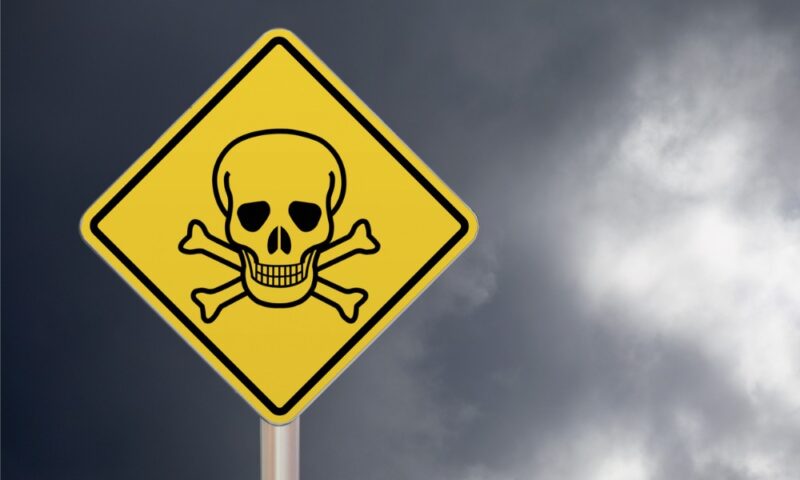
How to Fight a Toxic Workplace
Statistics around harassment and toxicity are troubling. Better communication can help—so long as leaders set a clear standard for how everyone speaks.
We’re returning to normal, alas.
As the pandemic recedes, if slowly, in the rearview mirror, more organizations have been returning more often to in-office work. And that’s brought with it some of the toxicity that too often comes with working in close quarters. According to an American Psychological Association survey I wrote about here last week, about a fifth of American workers say that their workplace is very or somewhat toxic, and a similar percentage say they’ve experienced harassment in the workplace.
Those are rising numbers. As APA’s Dennis Stolle explained, being “back to normal” has meant a return to some pre-pandemic levels of workplace troubles. The upside is that the conversation around workplace wellness has been accelerating as well: The new APA study was inspired in part by a new initiative by the U.S. Surgeon General around the topic. More organizations promote wellness plans, and more recognize that they help with recruitment and retention goals.
But what a successful fight against workplace toxicity looks like is still a work in progress. In a recent interview with CNBC, Rick Nucci, CEO of the software company Guru, talked about two ways he’s addressed it. One is creating a culture where failures are discussed as opportunities for improvement, not blame. As he put it: “Failures happen. Now what did we learn?”
A lot of workplace abuse has been delivered in the name of “I’m just being honest.”
The second, relatedly, involves being direct with criticism in the name of avoiding “ruinous empathy”—that is, being so polite and upbeat with feedback that problems don’t get addressed. “I have the confidence and the conviction that even in the moment, if [critical feedback] stings, they’re going to look back and they’re going to reflect positively,” he explained.
There’s something to be said for directness: It erases passive-aggressiveness, a breeding ground for toxicity. And it can make clear to people where they stand, perhaps reducing anxiety on that front. But a lot of workplace abuse has been delivered in the name of “I’m just being honest,” and without some clear guidance from leadership and middle management about what clear and supportive feedback looks like, a bid for integrity can turn into toxicity.
It may help to create an environment where it’s understood that your brand of feedback is a two-way street. In Fast Company last week, CEO and author Jenn Lim wrote about how one of managers’ most important tasks—and source for team effectiveness—these days is creating an environment where people are able to share feedback up and down the ladder. “Setting an expectation to have comfortable, honest communication with your managers gives them ‘permission’ to do the same with their teams,” Lim wrote.
And creating that culture, as I’ve said before, starts at the top. Leaders, Lim writes, need to be “approachable beyond scheduled check-ins. When you take enough time to look your managers in the eye when you’re asking how they’re doing (and really listen), it gives them an example to model for their own teams.”
The past few years have taught organizations a lot about communication and wellness. But that understanding, in itself, won’t resolve the risk of a toxic work environment. Leaders will have to look not just how they communicate, but how they wish to be communicated with.
(Gwengoat/iStock)






Comments